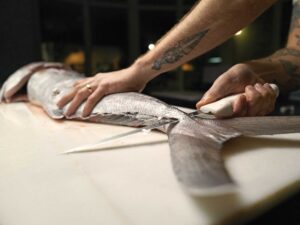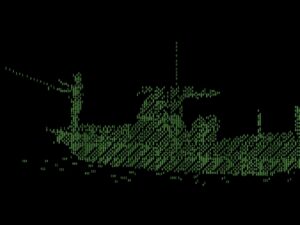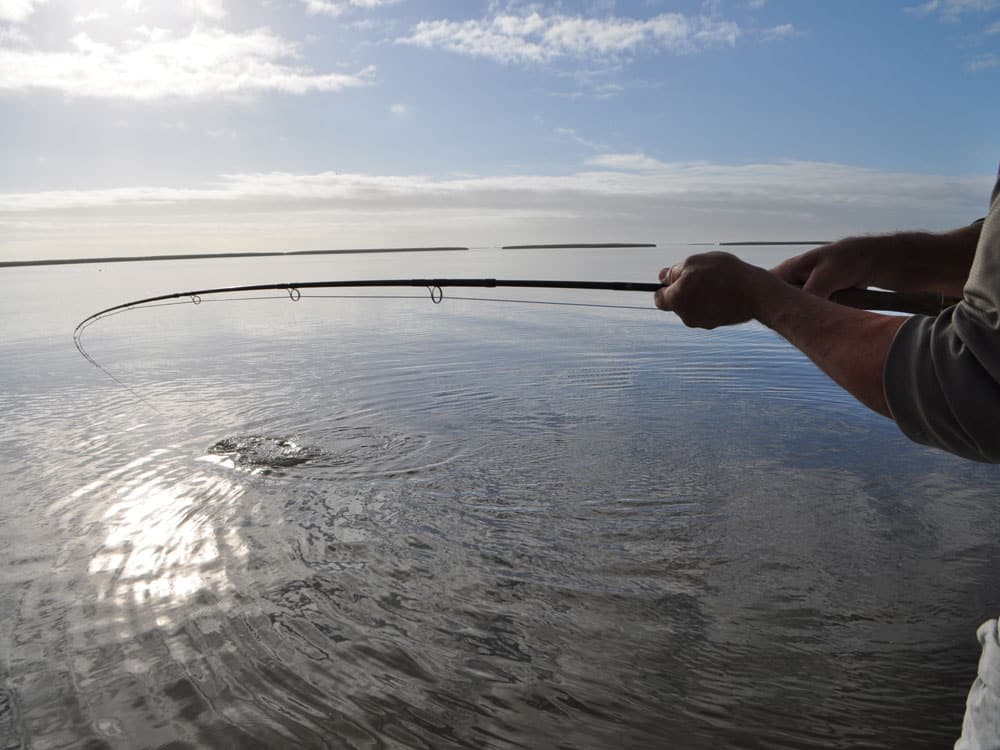
While flipping through a couple of wholesale fly company catalogs recently, it occurred to me that the number of saltwater patterns has skyrocketed in the last few years. I’ve been tying for over 40 years, but the increase in fly-tying innovation aided by new materials has greatly raised the bar.
Baitfish are the primary forage of most saltwater game species, and are eaten by nearly all predatory some point of their lives. So your saltwater fly box should reflect that, with a number of tried-and-true classics complemented by some of the newer, proven patterns. While not all veteran saltwater fly-rodders will agree on the same 10 best baitfish flies, I guarantee you most will include several of my favorites — which I submit to you below — on their individual lists.
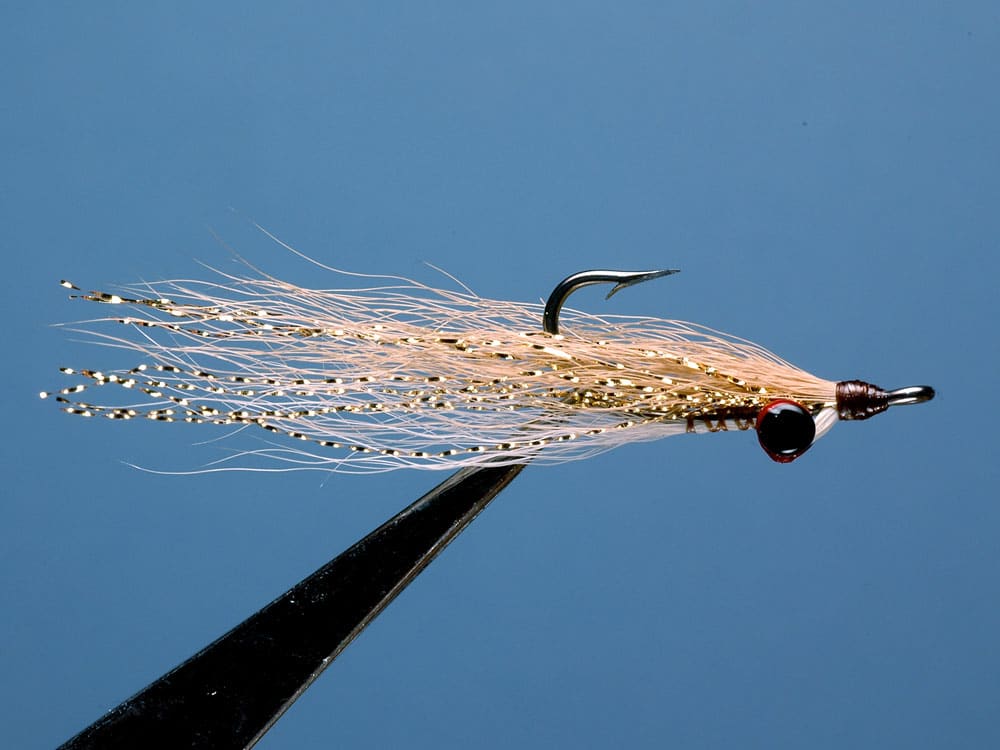
Clouser Deep Minnow
Pennsylvania fly fisher Bob Clouser probably never dreamed that his smallmouth bass fly would go on a successful world tour until he turned his closest buddies on to it in the late ‘80s. Of course, when one of your closest buddies is Lefty Kreh, who named the fly, chances are it will get tested worldwide. Lefty claimed he had taken over 87 species with the Clouser Deep Minnow.
I can attest to its universal appeal and effectiveness, having caught everything from bonefish to bluefish and black drum on it, and I’m only on the letter B! I’ve heard it called “a jig dressed up for a party,” which I like, and it was one of the first baitfish flies to incorporate the lead dumbbell eyes popularized by the Wapsi company.
Like all great patterns, there are variations of the Clouser tailored to different species and habitats. The common traits are a lead (or bead chain eye for slower sink rate) tied on the top of the hook shank to help the fly ride with hook point up, both a belly and “dorsal” wing, and flash material along the lateral line. The original recipe calls for bucktail, but other natural animal hairs and various synthetic fibers work well, too. Many strikes come as the fly sinks between strips, so be ready!
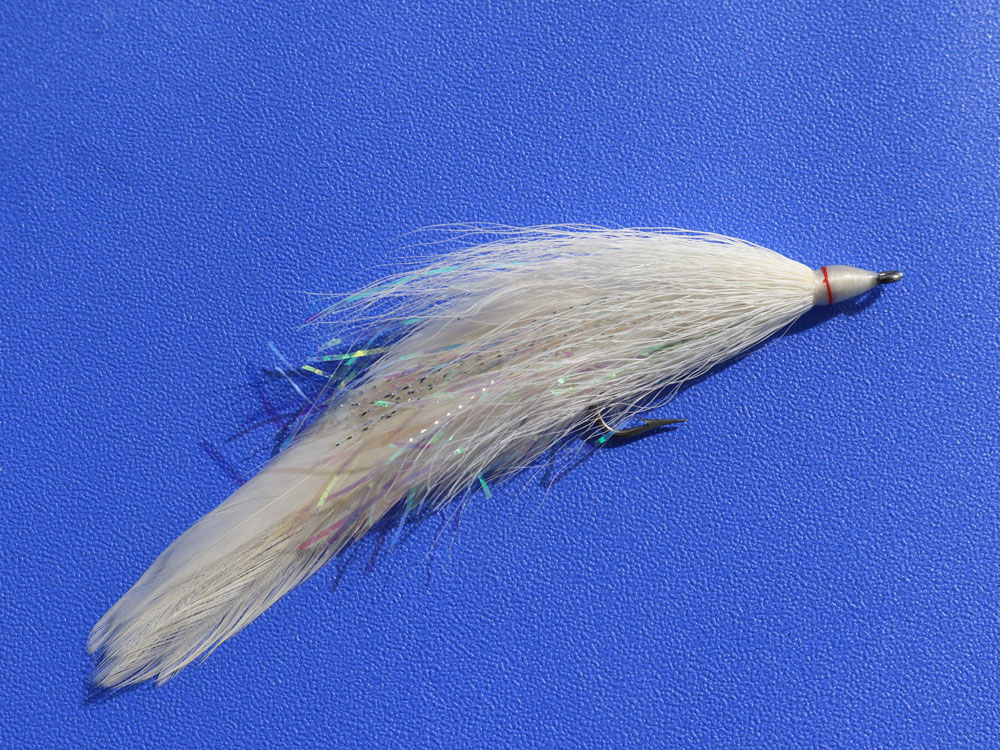
Lefty’s Deceiver
Speaking of Lefty Kreh, his venerable classic ended up on a U.S. postage stamp. The Deceiver introduced a distinct style of tying in the late 1950s and addressed a common problem: prior streamer patterns were made with long, supple hackles that often fouled during the cast. Tying the tail feathers in near the bend of the hook minimized fouling, a trick that tarpon fly anglers later adopted for tarpon streamers. Lefty’s Deceiver also “blossomed” well in the water, creating ample profile yet became sleek and aerodynamic once picked off the water for another cast. This characteristic also makes the Deceiver a terrific choice when casting into the wind.
Like the Clouser Minnow, there are countless variations of the Deceiver, which can easily be sized accordingly for specific species and fly rod weights. A hybrid of the Clouser and the Deceiver, the Half-N-Half, though underutilized, merges the great virtues of both patterns and is very effective.
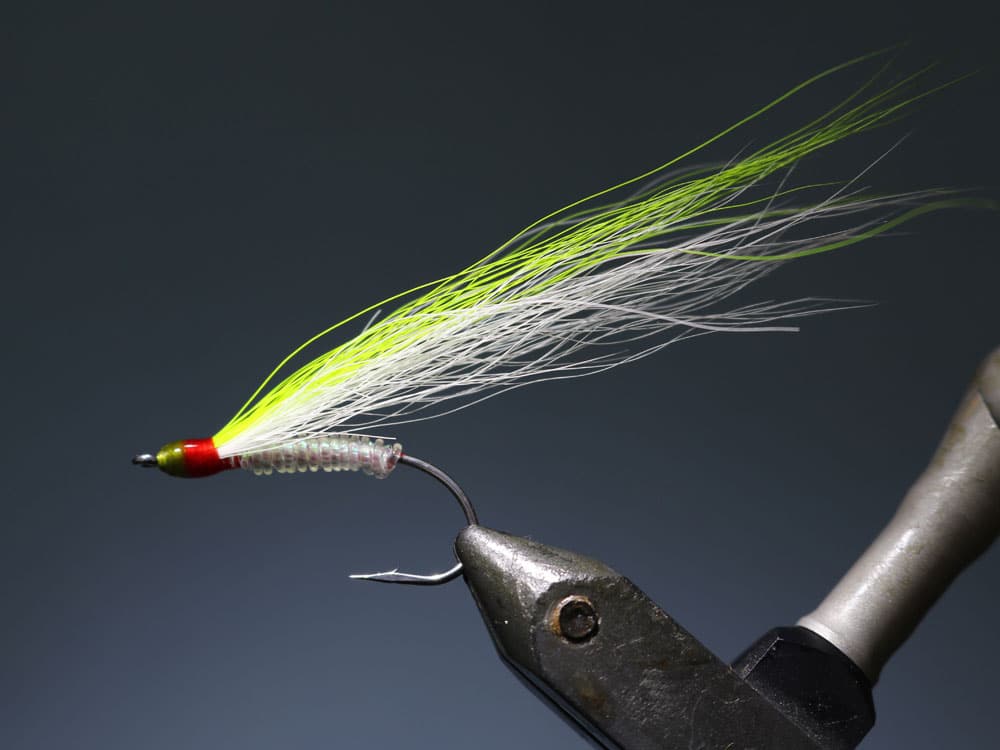
Glass Minnow
The original Glass Minnow, created by the late Carl Hansen of St. Petersburg, Florida, provided a deadly template for many fly modifications over the years. Hansen set out to imitate the “rain bait,” juvenile anchovies that are prevalent on St. Pete’s inshore waters. The key to the pattern is the sparseness of the wing, and a body wrapped with monofilament, which lends translucency. This fly can be sized to match the hatch with hooks from size 6 up to 2. The original Glass Minnow was white with clear mono body, but many color versions are tied, with contrasting wing layers and silver, pearl or gold Mylar under the protective mono wraps.
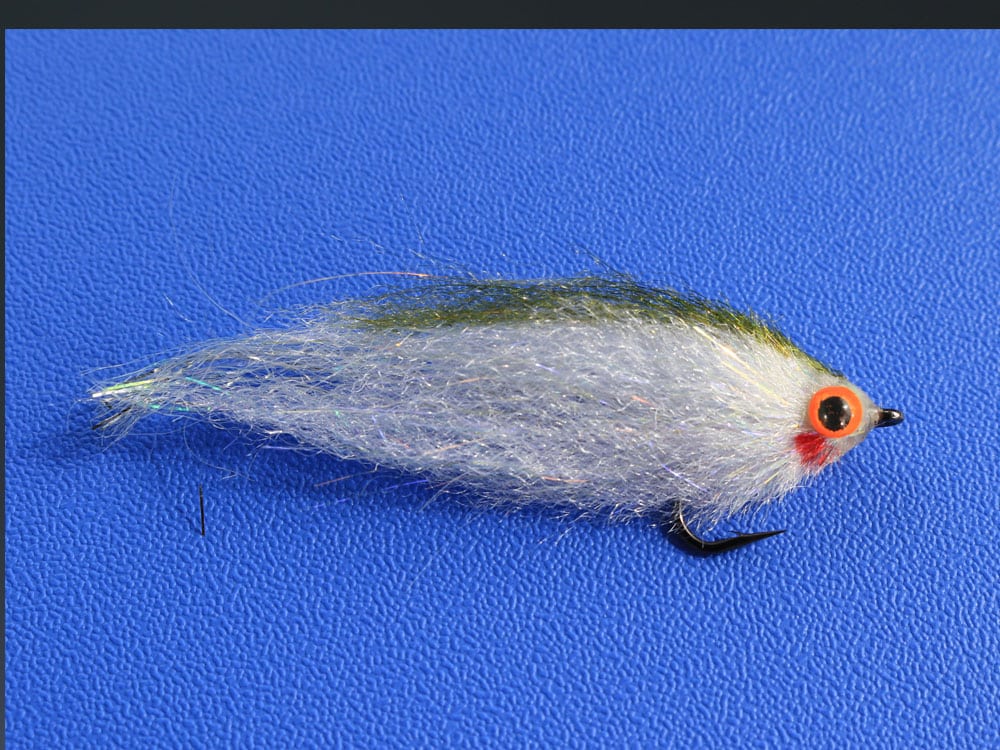
EP Peanut Bunker
Enrico Puglisi’s synthetic fibers represent some of the most significant developments in fly tying materials, and resulted in this popular series of streamers, as well as shrimp and crab patterns, classified into families. The Peanut Butter series utilizes the original Aztec style of building streamers. Of the baitfish series, the Peanut Butter family are menhaden (peanut bunker) streamers. Menhaden are the most important forage fish in the world’s oceans. All predatory fish eat them. The grey-and-white version is a universal choice, and tarpon anglers have come to depend on a black-and-purple version with a 2/0 hook.
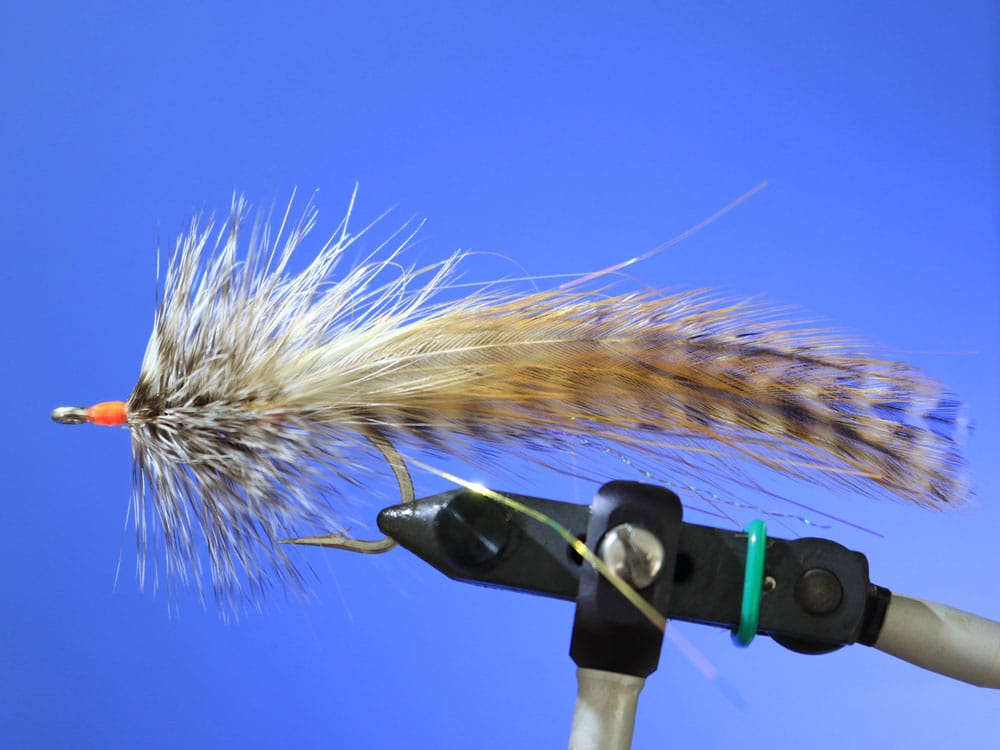
Sea-Ducer
Legendary fly rodder Homer Rhodes created this simple baitfish streamer in the 1940s to target snook primarily in roadside ditches and canals of the Everglades, but Chico Fernandez later popularized it and came up with the catchy name. The Sea-ducer can also be used to imitate a shrimp, when tied in shrimpy colors. Its heavily palmered hackle head gives it bulk and holds it up in the water column, so it’s a great fly for small strike zones, such as potholes in shallow flats, or along shorelines where fish won’t venture far to eat prey. The Sea-ducer also lands quietly on the surface, making it ideal for skittish fish in the shallows. The tail of the fly is also made of saddle hackle with a few strands of flash mixed in.
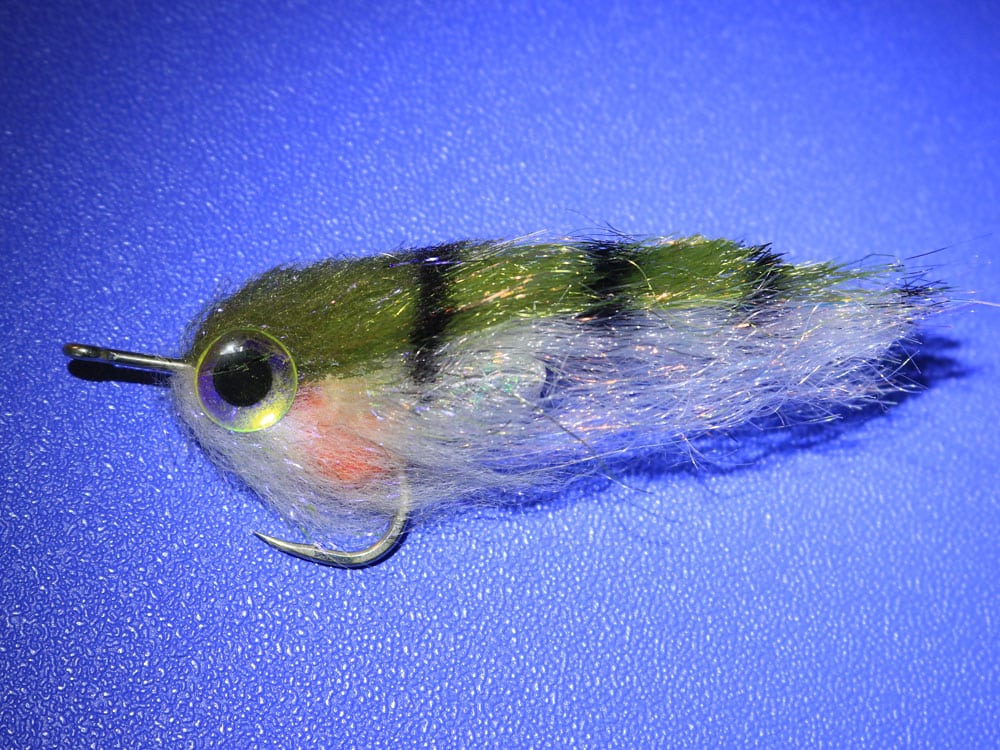
Woolhead Mullet
Some of the first mullet patterns had spun and clipped deer hair heads, but when fly fishers needed a fly that sank faster, wool (which absorbs water while holding its shape) made more sense. This streamer can also be weighted with soft fuse wire along the front of the hook, or with large bead chain eyes or medium lead dumbbell eyes to further increase the sink. The early popular versions included a red head with a white or yellow saddle hackle tail, but tyers can use permanent markers to color the wool head, and tie in any type of tail for a more lifelike imitation. Many tie in a wide grizzly saddle hackle on each side to mimic scales.
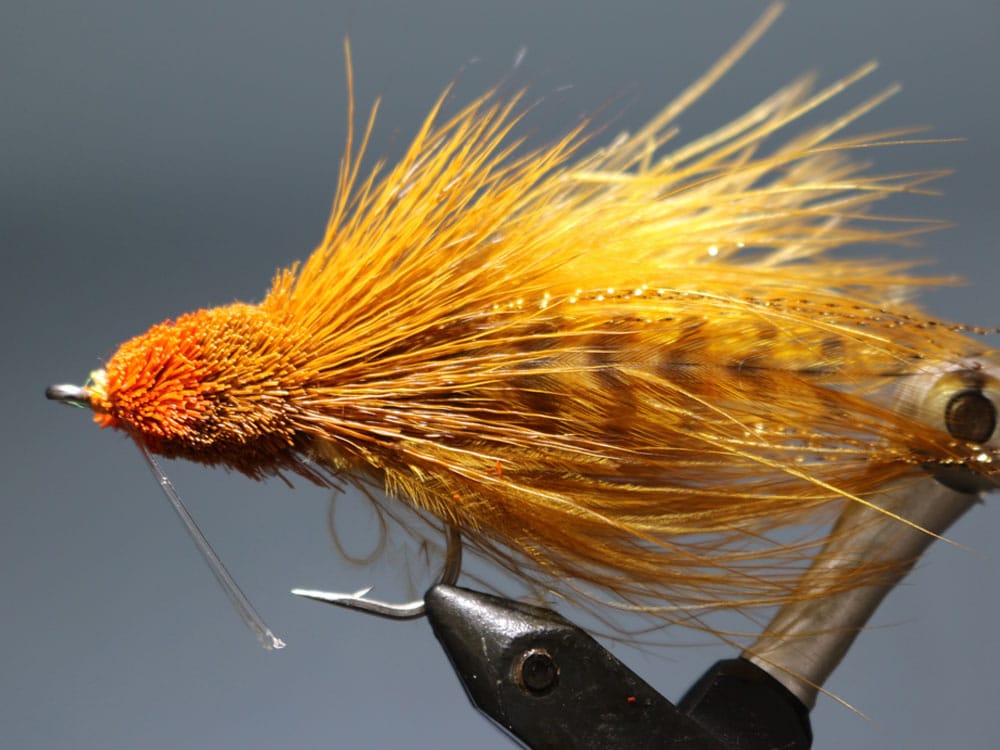
Marabou Muddler
This saltwater standard is a descendant of a classic freshwater trout streamer, the Muddler Minnow, which dons a wing made of wisps of bucktail and matched turkey feathers. The saltwater version, however, is tied with supple marabou, which provides a fuller profile and undulating liveliness in the water. Like the freshwater version, the head of the Marabou Muddler is clipped deer or elk belly hair.
Depending on length, fullness, and coloration, this pattern imitates a finger mullet, a pinfish, pigfish, mud minnow, or other forage species. Color schemes from all-white to white-and-red, and brown-and-orange combinations are popular, but dark colors work best at night or in dirty water, as they present a better silhouette against the sky. The denser the clipped deer or elk hair is packed to form the head, the better the fly floats or swims just under the surface. The head can be dressed to float even better, though it’s better to allow water soaking to fish it a bit deeper.
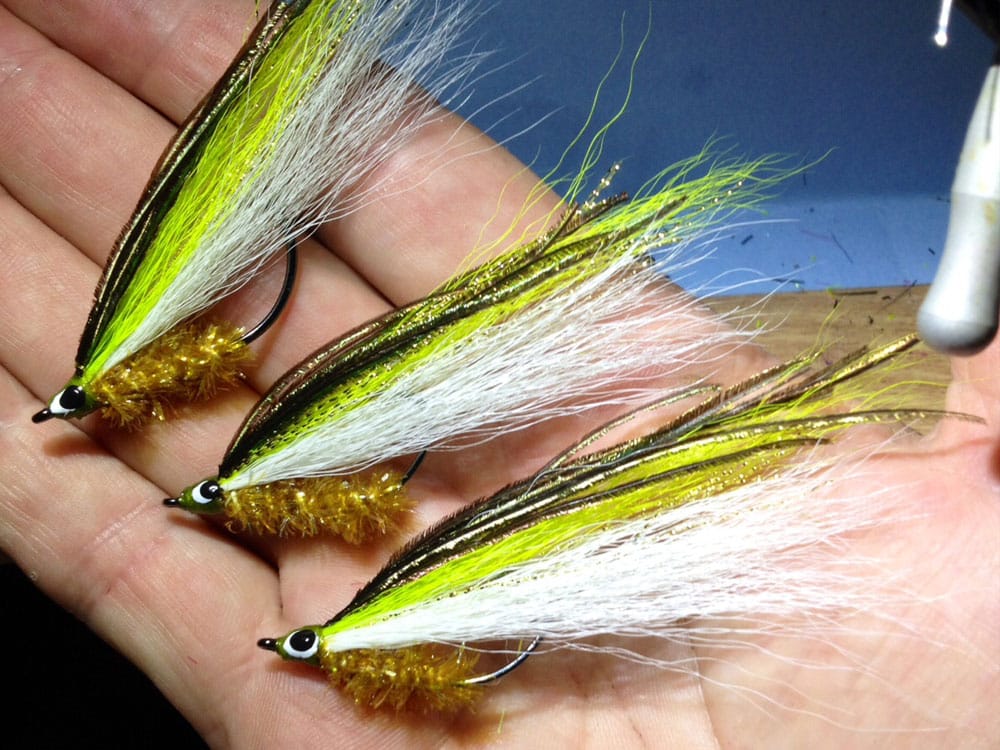
Prince of Tides
This is a specific variation of the Bendback streamer popularized by Flip Pallot for fishing the Everglades watershed. The style of tying is essential for creating streamers that swim with the hook point up, making them more resistant to snags, either in shoreline vegetation or on bottom seagrass. The key to tying it is to first bend the hook shank slightly just behind the hook eye, away from the hook gap, to make sure the wing gives the hook point ample protection. Too big a bend and the fly’s shape is ruined, and hookups are harder to achieve.
After that, it’s a simple tie, with bucktail for the wing, a bit of flash mixed in, some peacock herl for the back, body wrap material (tinsel or chenille) — if you so choose — and eyes painted on the thread head.
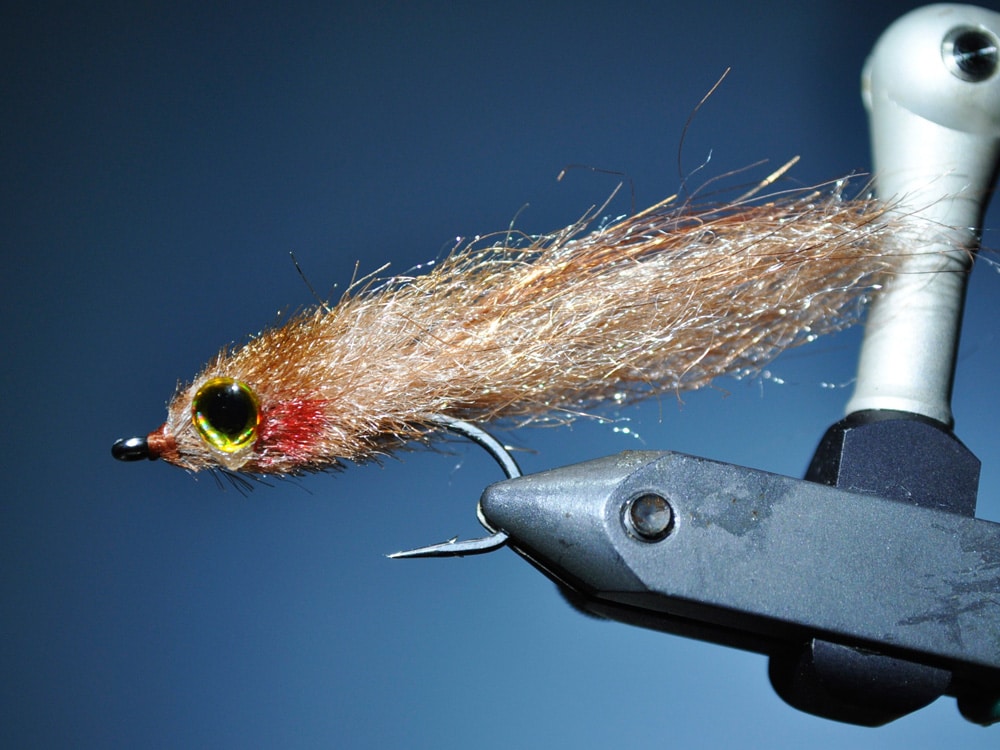
Glades Minnow
This fly is a creation of mine, and has been royalty-trademarked by Umpqua Feather Merchants for over 15 years as Conner’s Glades Minnow. Though I hesitate to promote patterns under my name, this one has become a staple in many inshore saltwater fly boxes, particularly for fishing Everglades backwater. It’s an imitation of a gambusia minnow (mosquito fish), which is a primary forage for snook, baby tarpon, and other estuarine game fish. I have caught over 20 species on it, and I use Craft Fur to fashion the entire fly, also adding some flash strands and decal eyes. A 20-pound mustache-style mono weed guard helps keep the fly from snagging on mangrove roots and other overhanging brush when casting tight against shorelines, and I tie it on hook sizes 6 through 2, to match the size of the minnows the fish are eating.
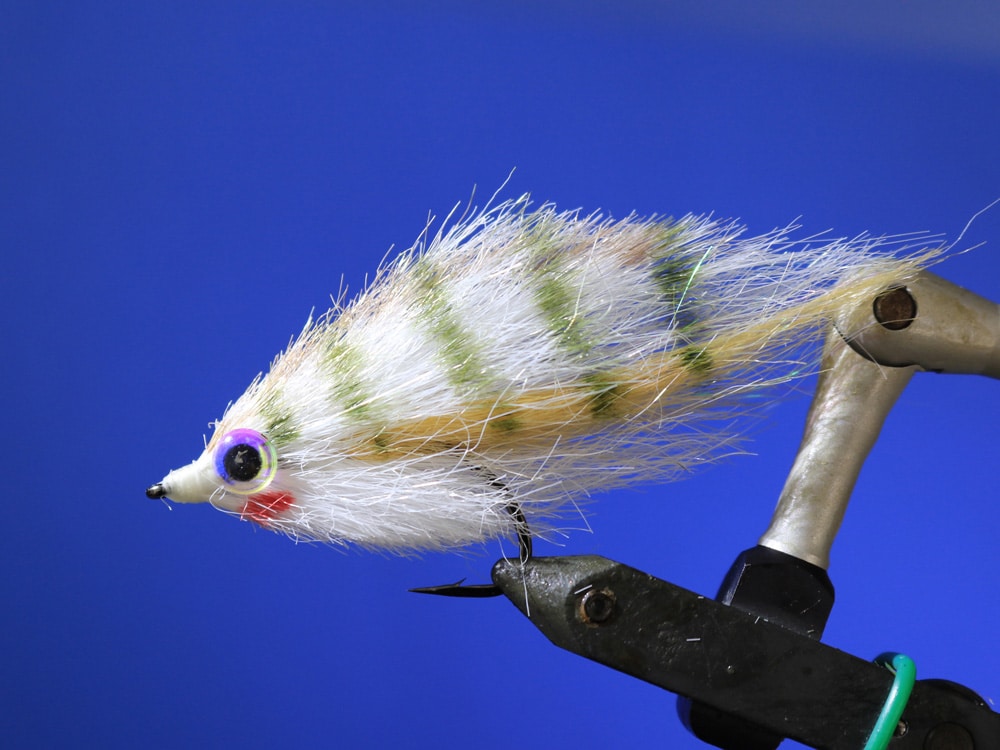
Yak Hair Pinfish
Pinfish are a prime forage species in southern shallows. Snook, seatrout, redfish, tarpon and various other popular species throughout coastal estuaries depend on them. Pinfish are shaped like a half-dollar, so you want this fly to keep a broad top-to-bottom profile in the water. With that in mind, I tie this streamer with synthetic saltwater Yak Hair in white, with a sparse tan Craft Fur tail, also adding a bit of pearl flash and dome decal eyes. The Yak Hair is a bit stiffer than EP Fibers and similar materials, so the fly holds its shape better. It’s essential is to tie in successive tufts of the Yak Hair, both on top and the bottom, until reaching the hook eye, to build a broad profile horizontally before trimming to shape. The last step is to make bold horizontal green or light blue stripes with a permanent marker along the sides, and a red gill slash.



